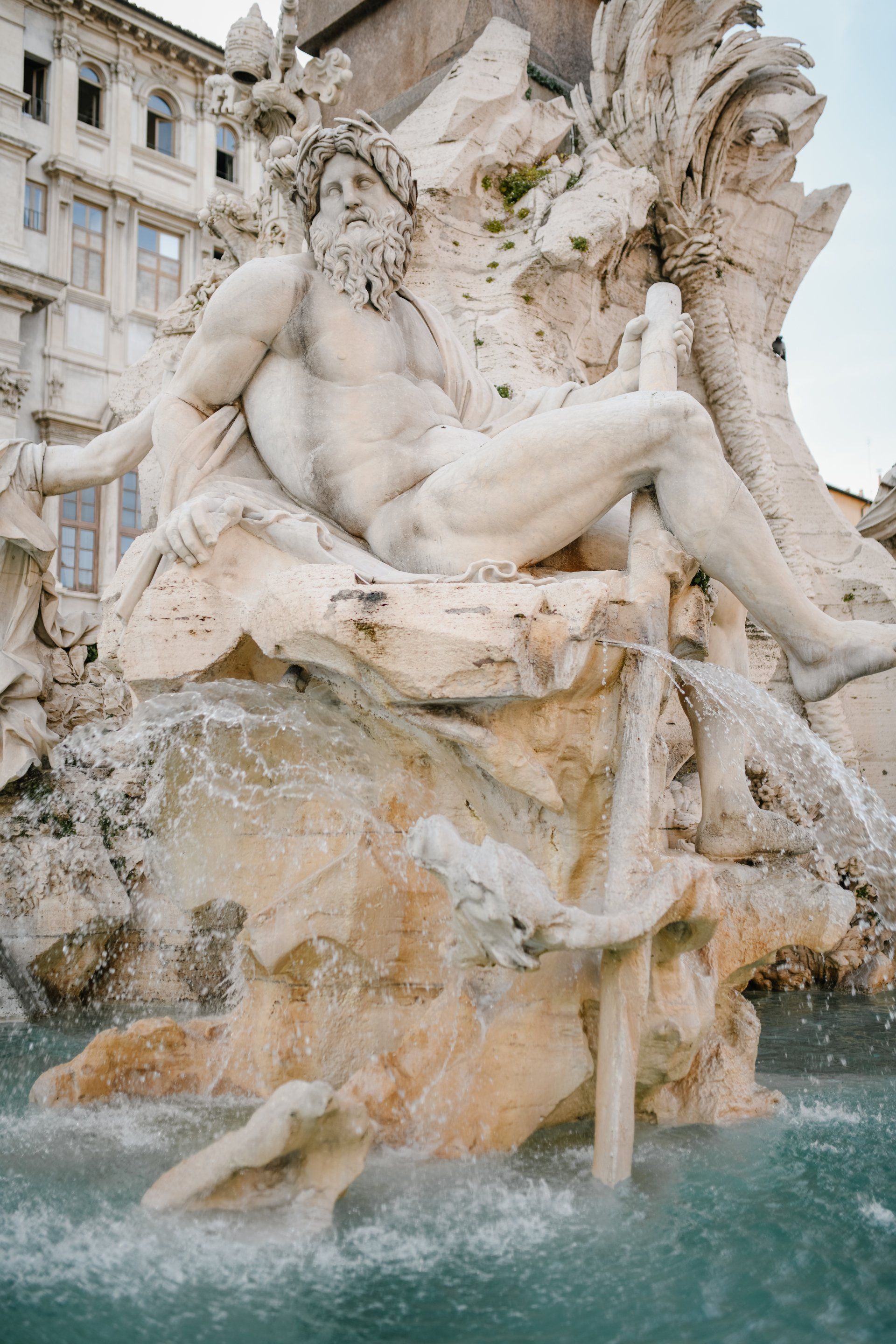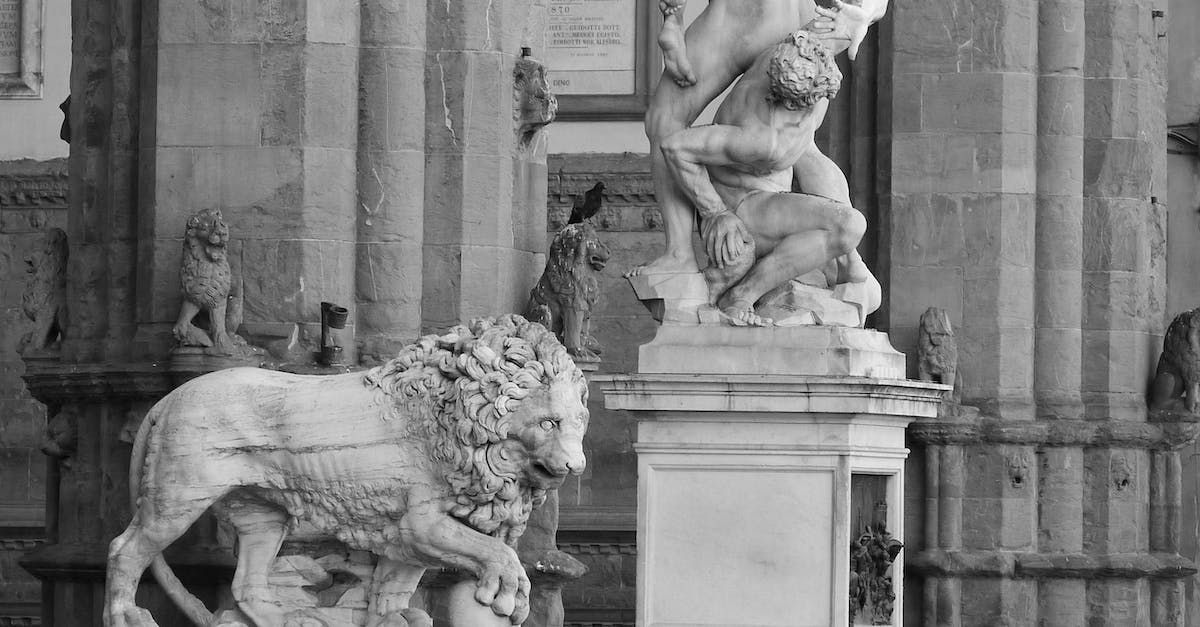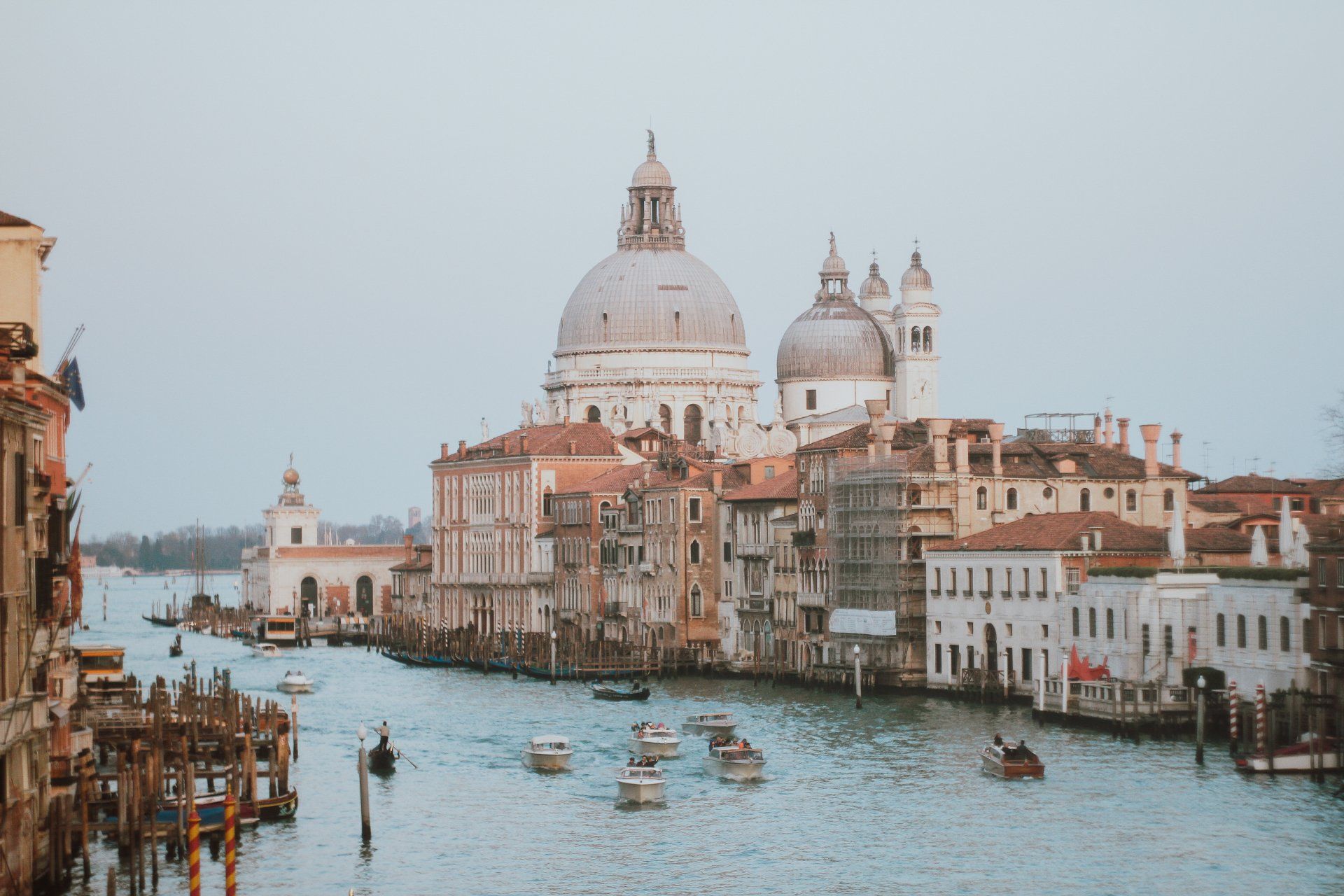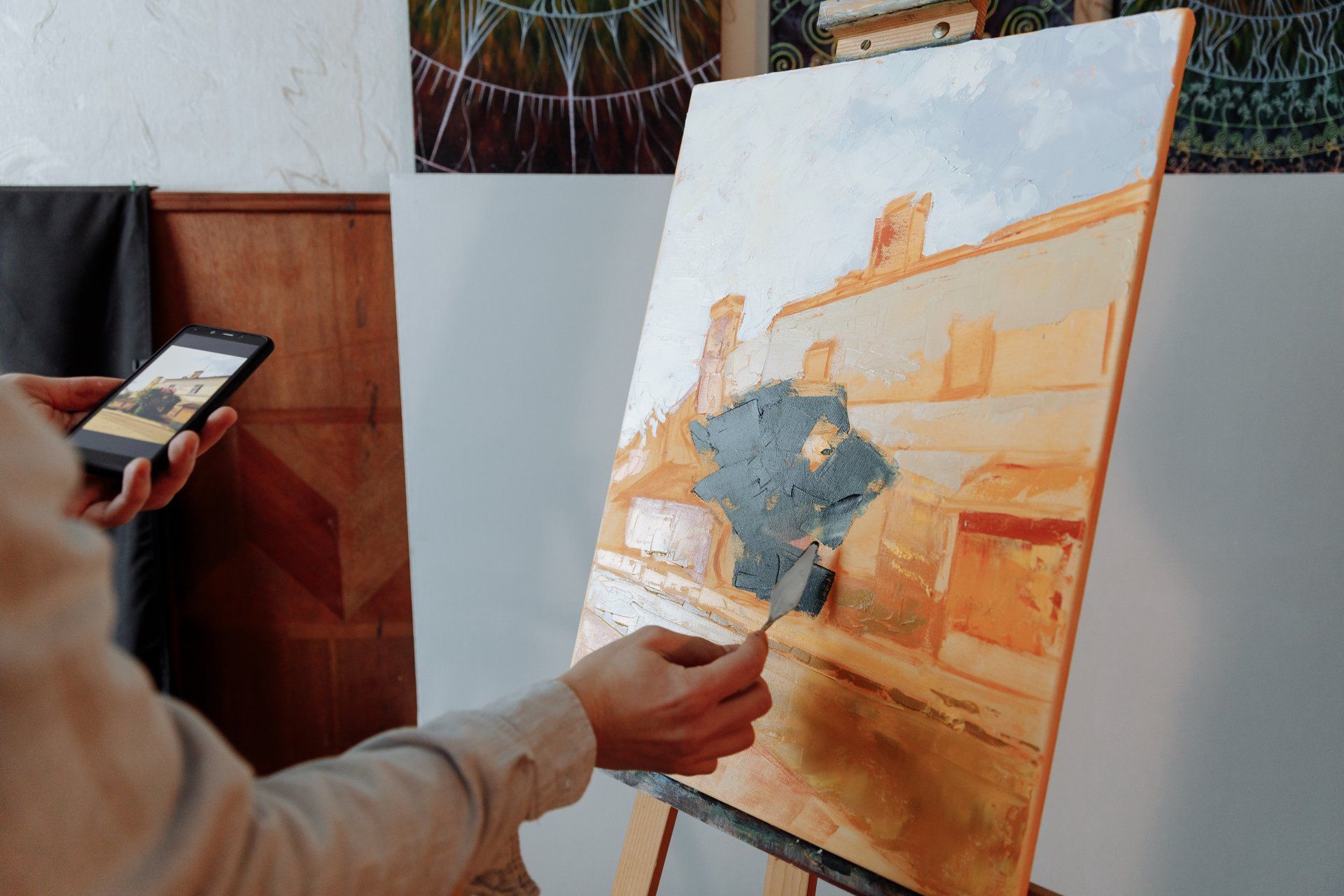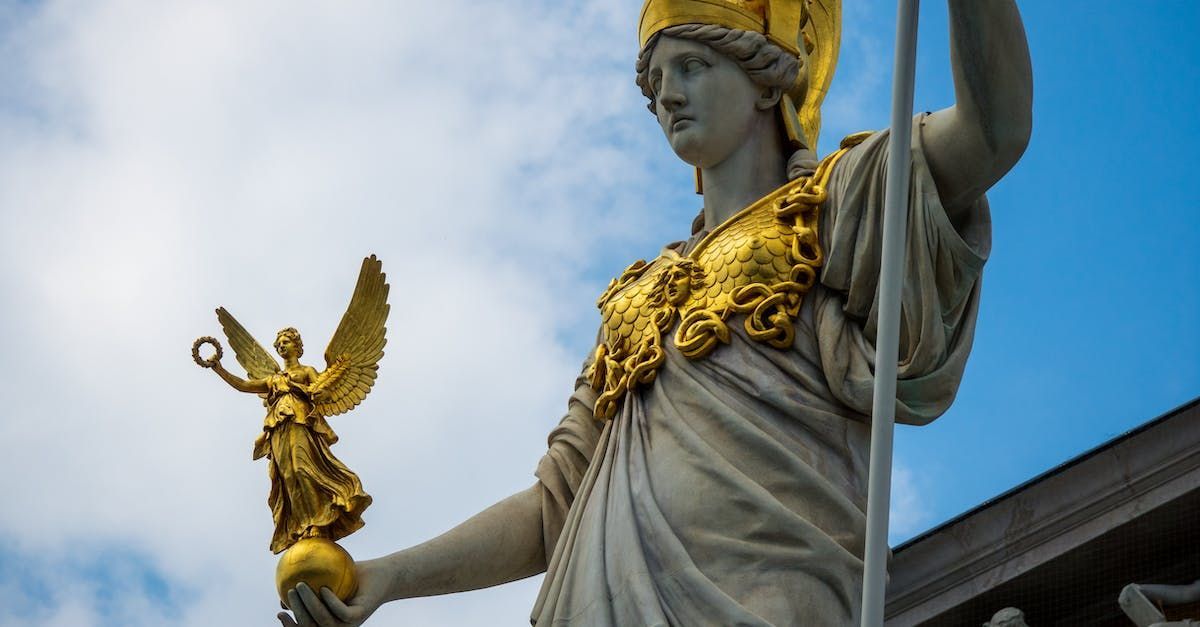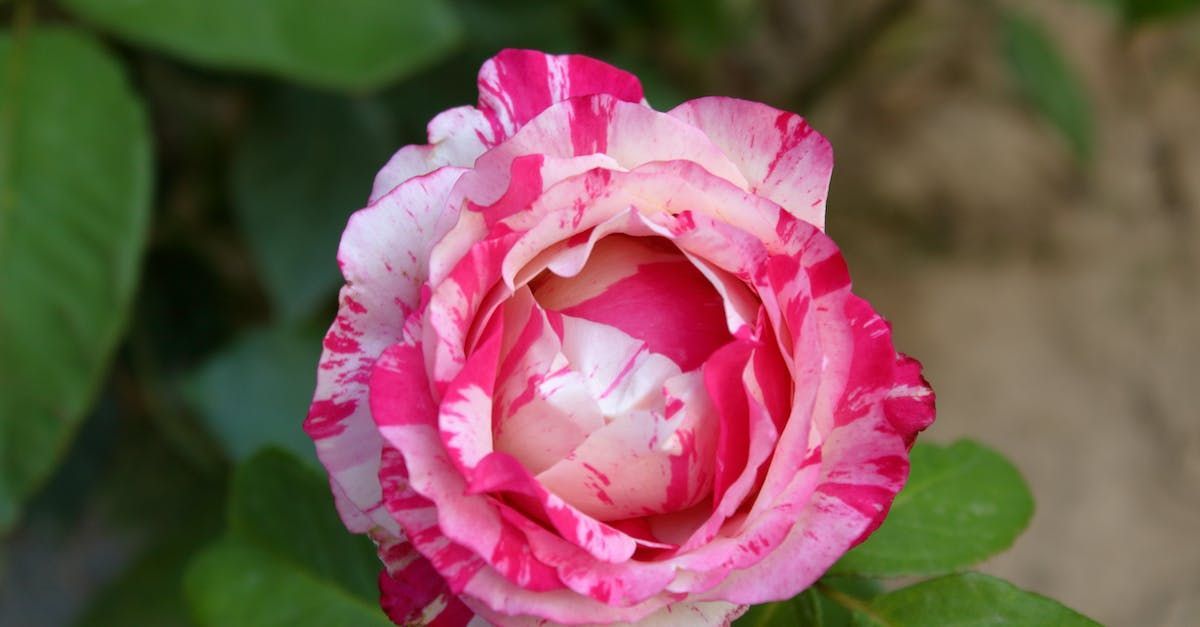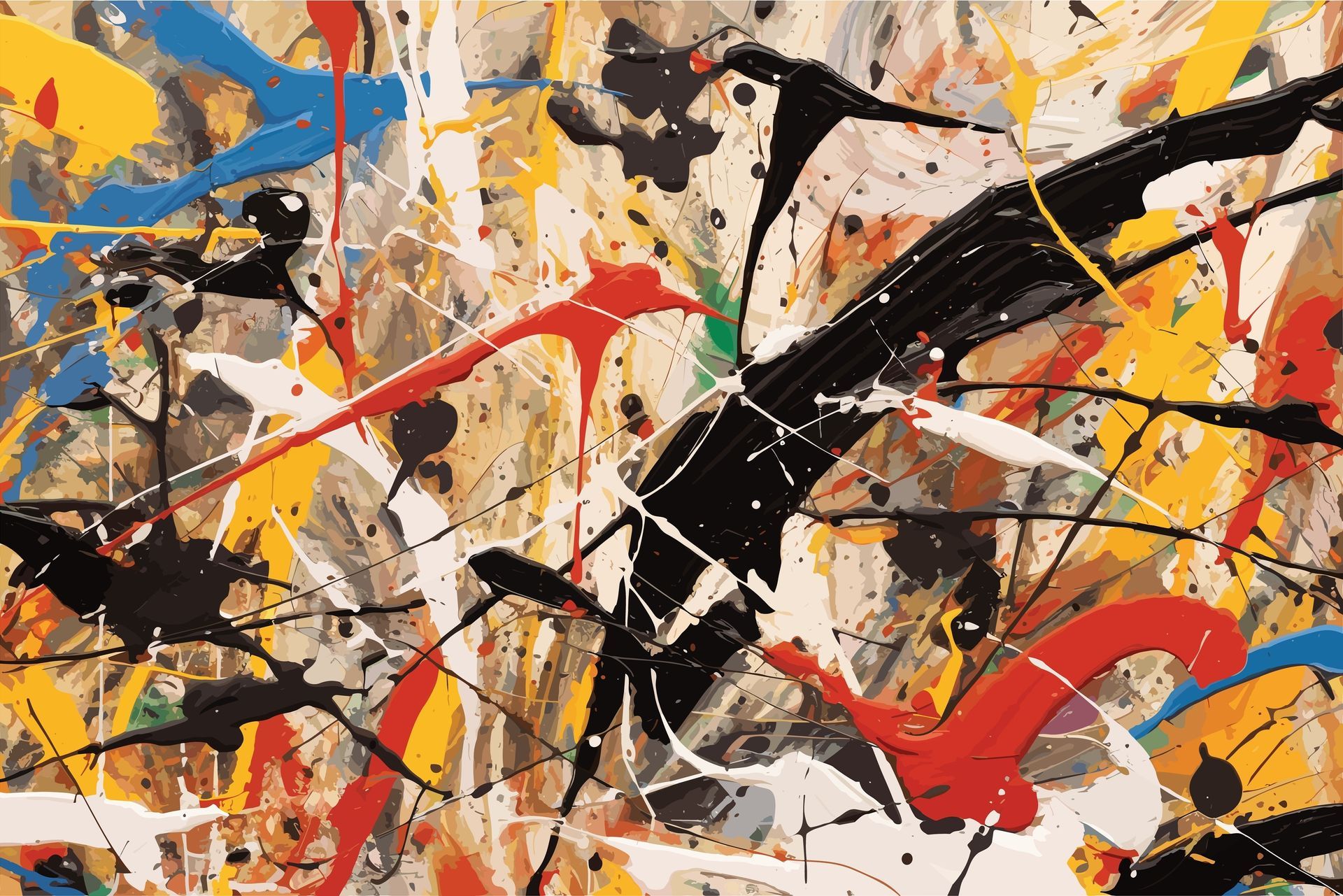Elgin Marbles
The Elgin Marbles are a collection of ancient Greek marble sculptures and architectural pieces taken from the Parthenon in Athens, Greece and shipped to England in the early 19th century. The collection is named after Thomas Bruce, the 7th Earl of Elgin, who removed the sculptures from the Parthenon in 1801 and 1805. The collection is now housed in the British Museum in London.
These sculptures are considered to be one of the most important and iconic collections of ancient Greek art in the world. They include large friezes depicting the Battle of Centaurs and Lapiths, and sculptures of the Greek gods and goddesses, as well as other mythological scenes. The Elgin Marbles also include architectural pieces such as the Caryatid sculptures, which are female figures that served as structural supports for the Parthenon’s roof.
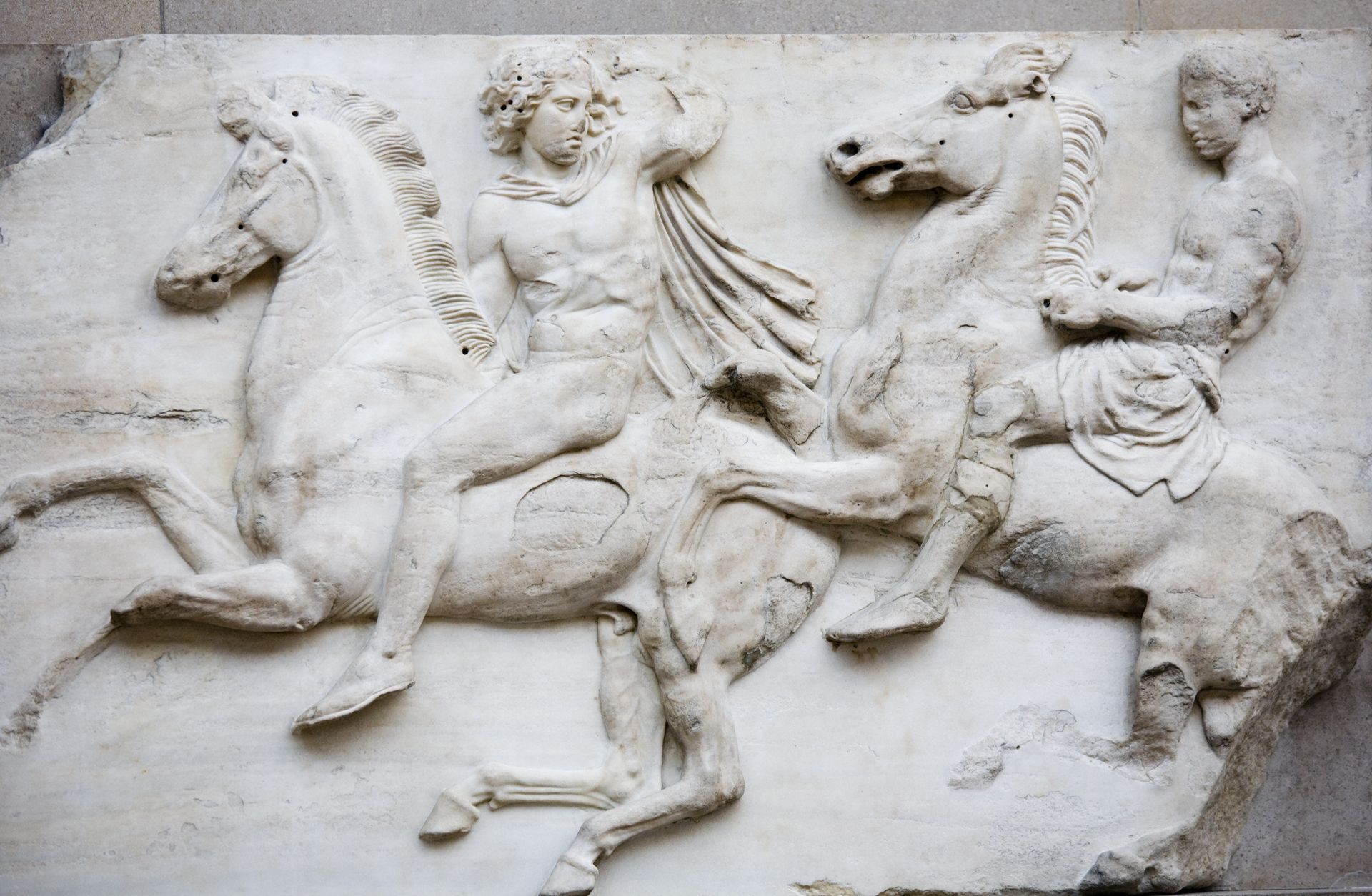
The dispute is between the British Museum and the Greek government, which has been campaigning for the sculptures to be returned to Athens.
The Elgin Marbles have been a source of controversy since the 19th century, when they were first removed from the Parthenon. Greece has long argued for their repatriation, but the British Museum has maintained that the sculptures are part of the world’s shared cultural heritage, and should remain in London. Despite the ongoing debate, the Elgin Marbles remain in the British Museum, where they are a popular tourist attraction.
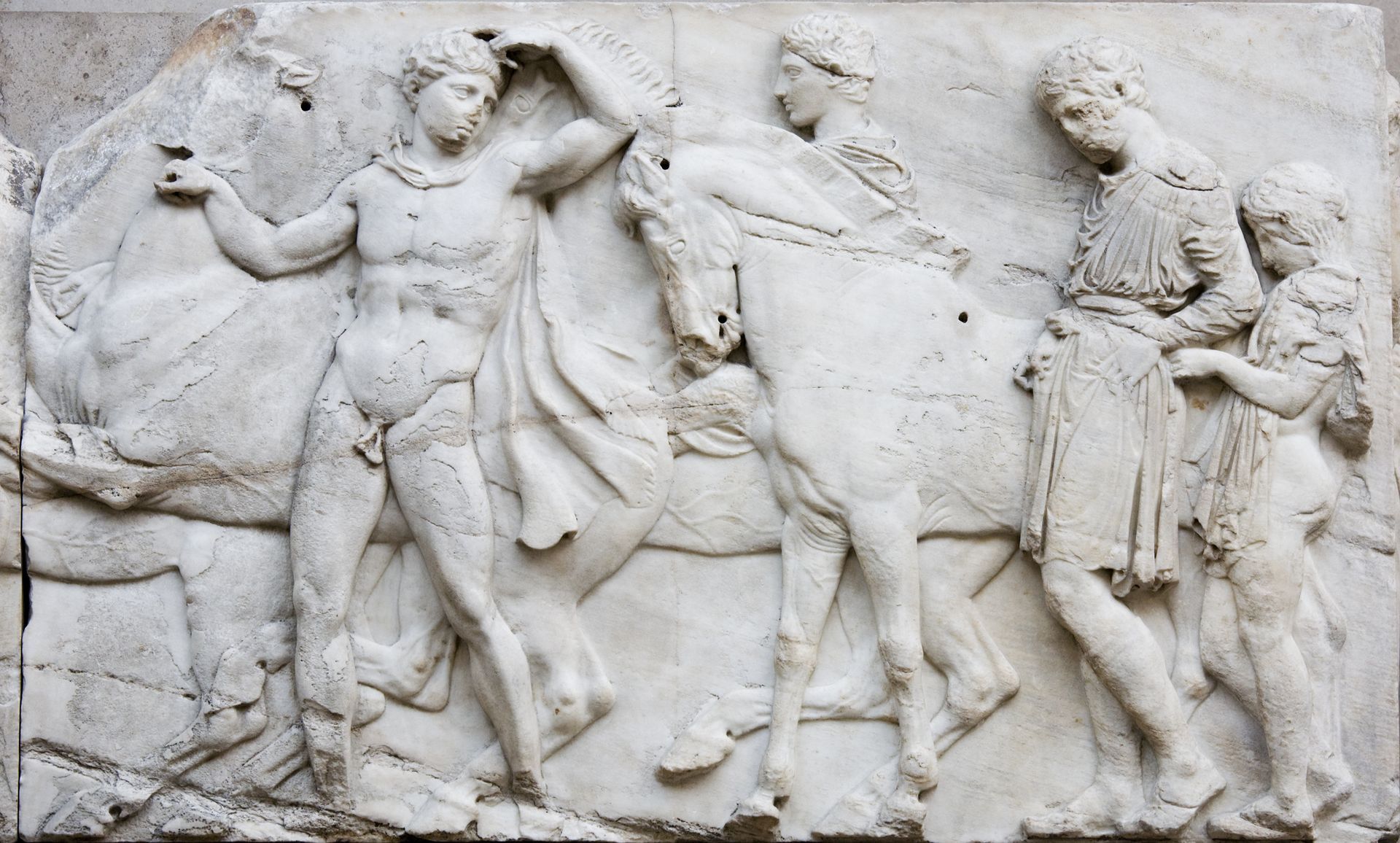
The sculptures are in surprisingly good condition, considering their age.
The Elgin Marbles depict a variety of stories from Greek mythology, including the birth of Athena, the story of Odysseus and the Trojan War, the labours of Heracles, and the battle between the gods and the giants. They also feature scenes from the lives of the ancient Athenians, and the sculptures of their gods and heroes. The most famous of these is the frieze, which depicts the Panathenaic procession that took place each year in Athens.
They are considered to be some of the most important works of art in the world, and are a testament to the skill and creativity of the ancient Greeks. They provide us with a unique insight into the culture and beliefs of the ancient Greeks, and their enduring legacy.
